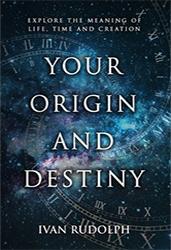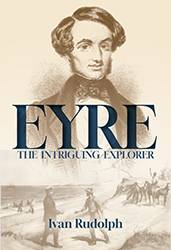Skirmishes 1839
Continuing incidents between overlanders and Aborigines rocked Eyre’s idealistic notion of black and white living cooperatively to mutual benefit along the Murray. The overlanders involved generally gave sketchy and contradictory accounts because of natural confusion during clashes, but Eyre saw clearly that the situation was degenerating. The first of these significant incidents happened on October 21st 1839, just six days after his return from exploring the Eyre Peninsula.
*Near the inlet of the Murray into Lake Alexandrina, Peter Snodgrass’s overlanding party had 300 sheep driven off by Aborigines during the crossing. This was despite his shepherds firing warning shots, then aiming directly at the Aborigines, some of whom were wounded but none killed.
The men rode after the sheep and recaptured 250 of them. The remaining 50, though, were not recovered.
The overseer then asked Alfred Langhorne, who had established a run nearby, to take charge of the 250 recovered sheep, which he agreed to do. Langhorne was attacked in turn by around 200 Aborigines still wanting more sheep!
When Langhorne’s men fired, the tribesmen hesitated.
During the hiatus, one of the young men, named Fletcher, knowing that local Aborigines were scared of horses, mounted and bravely charged alone towards them. Thankfully they dispersed, but then regathered. Fletcher charged a second time, scattering the Aborigines, who were discouraged by this and did not regroup.
No known deaths resulted from the skirmishes on that day. However, the Aborigines as “spoils of war” had “stolen” 50 sheep. This suggested to Eyre that they were fast developing a dangerous taste for mutton.
Eyre saw the issue from the indigenous perspective. From their point of view as hunters, they found their hunting grounds disturbed by the entry of colonists and the large herds of stock they drove. Furthermore, the stock ate masses of the plant food that the Aborigines also ate. They viewed taking some of the stock as reasonable compensation for passage across their lands. Eyre agreed with them and said that overlanders should be prepared to sacrifice a few sheep without complaint as they passed through tribal lands. Greedily wanted bigger profits, most overlanders ignored him.
*Towards the end of October, Robert Flood, who gained fame from his association with Sturt during exploration and overlanding, was ambushed with his party near Dead Mans Flat, where warriors had murdered Thomas Young earlier that same month. Some attackers and two whites were wounded. Flood and the remaining whites managed to retreat some distance with the drays and formed a defensive circle.
Flood’s party had been taking rations on drays to the nuggety Captain John Finnis and his overlanding stockmen. When reinforcements arrived, they set out once more and replenished Finnis’ party without further incident.
This validated Eyre’s principle of larger numbers of men discouraging ambush.
*November 1839. The short, belligerent Scot, Alexander Buchanan, was incensed at losing sheep through spearing while overlanding. He set his mouth grimly and warned his men to be ready to fight. Buchanan’s vicious approach is described in the book and caused a hiatus in the ambushing of the overlanders. However, the spearing and theft of stock continued more stealthily and it was obviously only a matter of time before further violence broke out.



